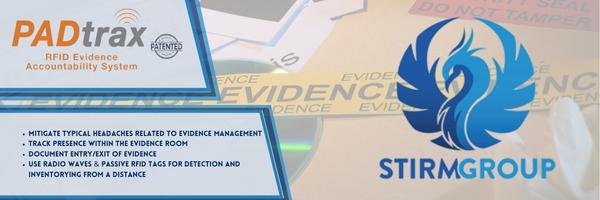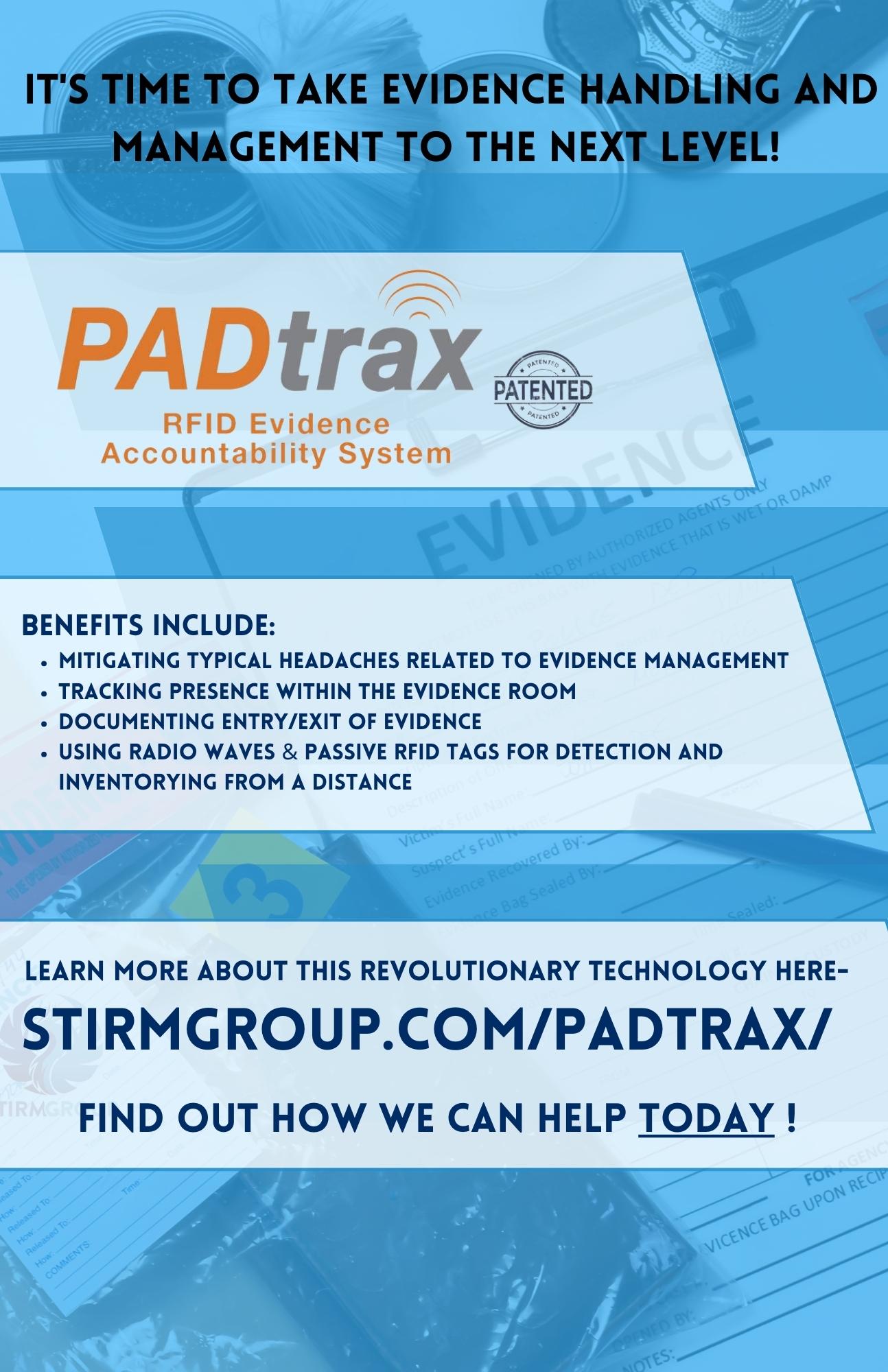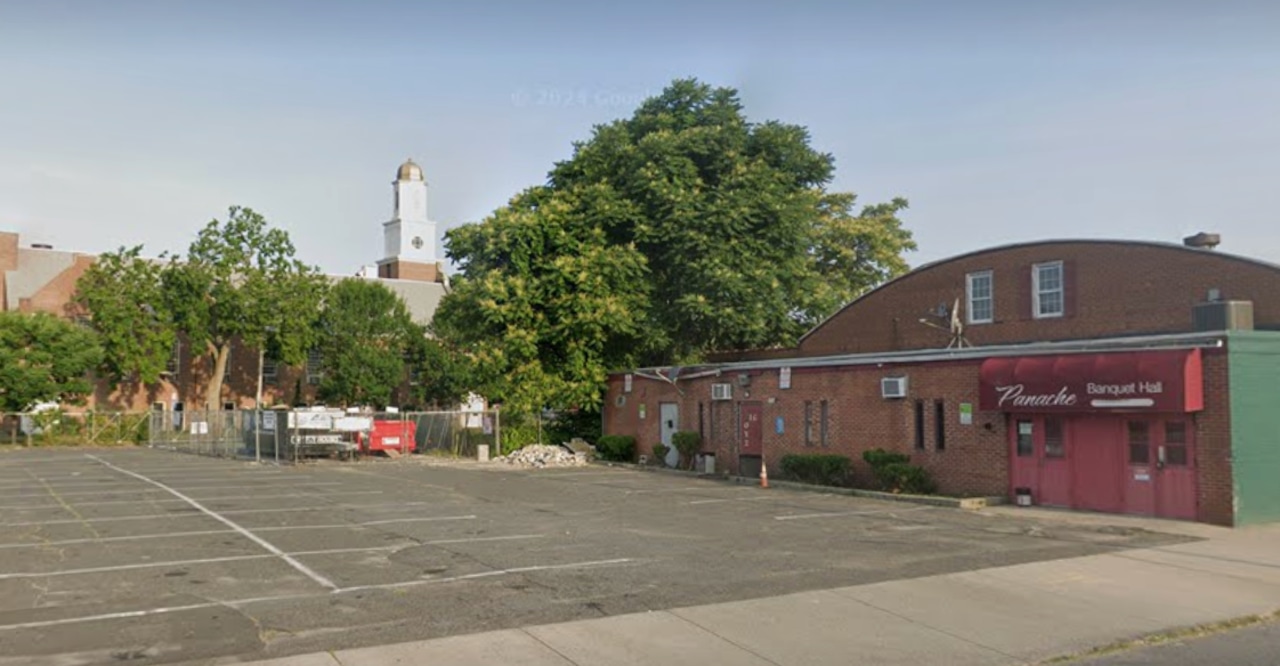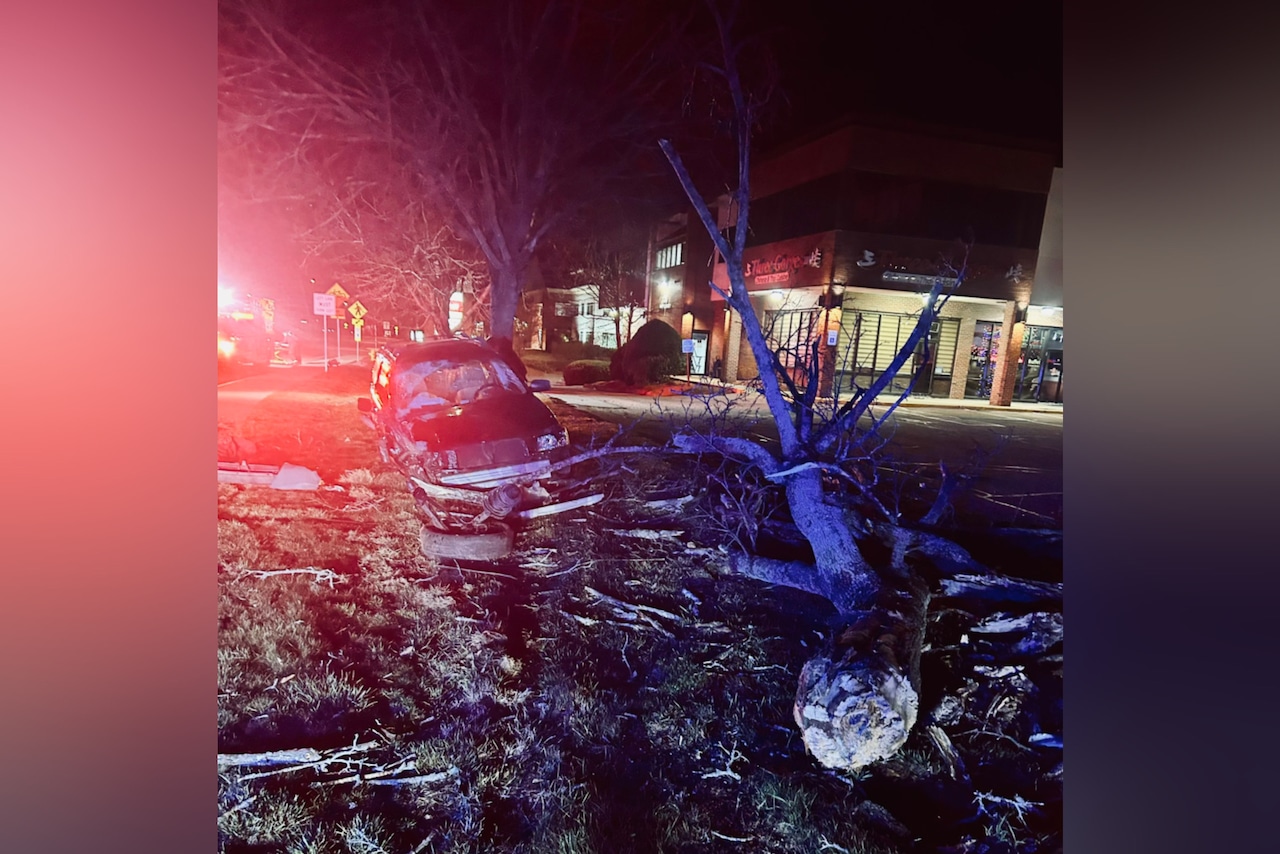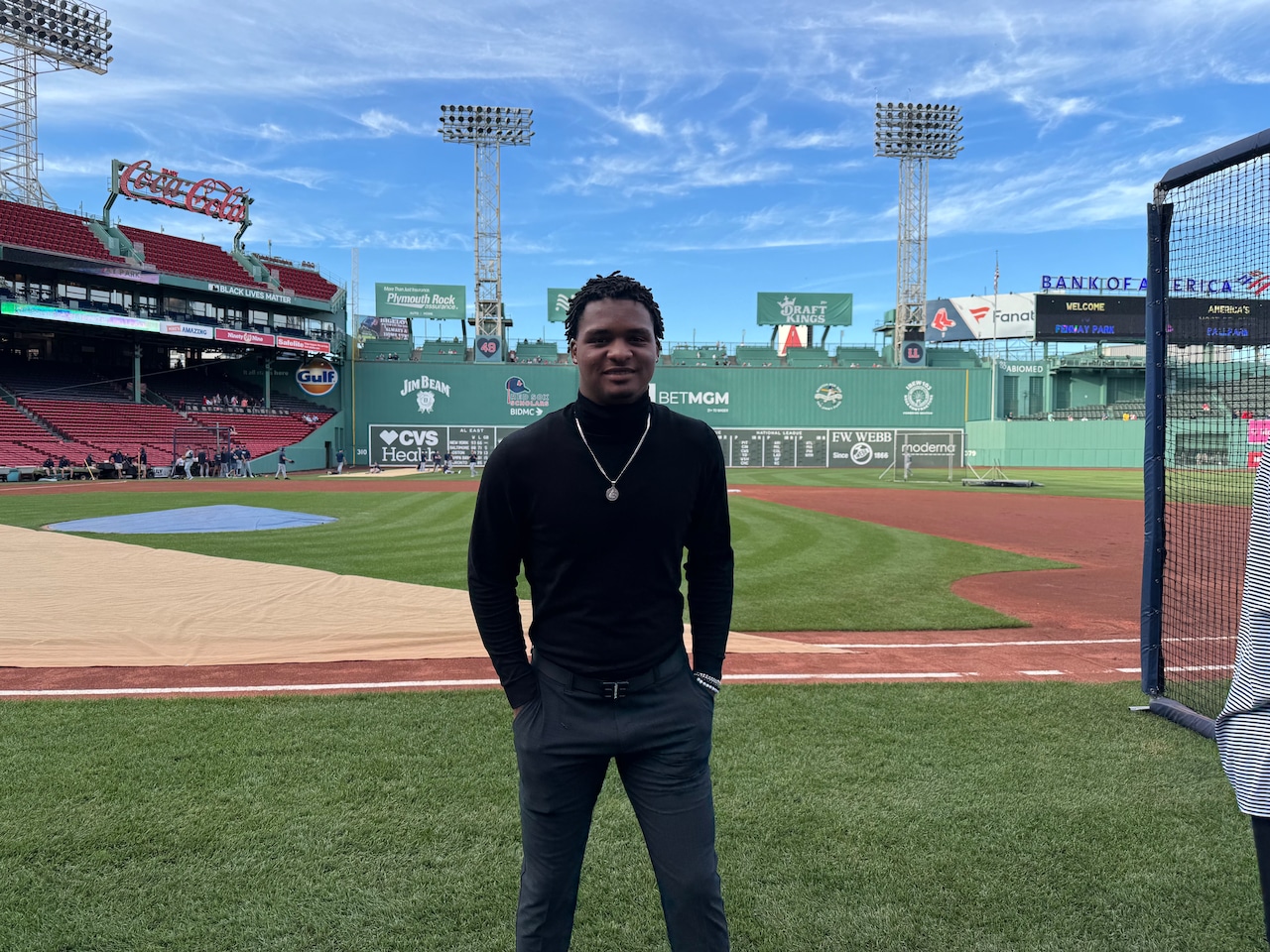
March is on track to end with not one but two eclipses, with a partial solar eclipse expected to be visible in the night sky during the final weekend of the month.
Stargazers were first treated to a Blood Moon during a total lunar eclipse between March 13 and 14.
Then on March 29, NASA anticipates the moon will pass between Earth and the sun to cast a shadow on the planet. This shadow, in the form of a partial solar eclipse, should be visible across part of the Northern Hemisphere.
Parts of the hemisphere that should see the eclipse include northeastern North America, Europe, Africa, northern Asia, all of Greenland and Iceland, much of the Atlantic and Arctic oceans, and a sliver of northern South America, according to NASA.
The eclipse is expected to begin at various sunrise times, the space agency stated. In North America, the eclipse should start at sunrise in Boston at 6:31 a.m. before reaching its peak at 6:38 a.m. The moon is expected to obstruct 43% of the sun by this time. By 7:07 a.m., the eclipse should be over.
In Worcester, the eclipse should start at 5:24 a.m., before the sunrises, Time and Date reported. The eclipse should then reach its peak at the same time as Boston, at 6:38 a.m. before ending at the same time, at 7:07 a.m.
Though the eclipse also starts in Springfield at 5:24 a.m., it should reach its peak at 6:40 a.m. and end at 7:07 a.m., according to Time and Date.
Other parts of the hemisphere that should see a higher percentage of obstruction include Portland, Maine (64%); Halifax and St. John’s, Canada (both 83%); Nuuk, Greenland (87%); and Reykjavik, Iceland (68%), according to NASA.
Unlike the April 8, 2024, total solar eclipse, the central part of the moon’s shadow is expected to miss Earth, according to NASA. Because the sun is not going to be completely hidden by the moon, this eclipse will not reach totality, hence being a partial solar eclipse.
However, the space agency urged that anyone looking at the partial solar eclipse “must use proper eye protection or an indirect viewing method to protect their eyes.”
By any chance people cannot see the eclipse in person, the Royal Observatory Greenwich in London will offer a livestream of the eclipse beginning at 6 a.m. on its YouTube channel.

